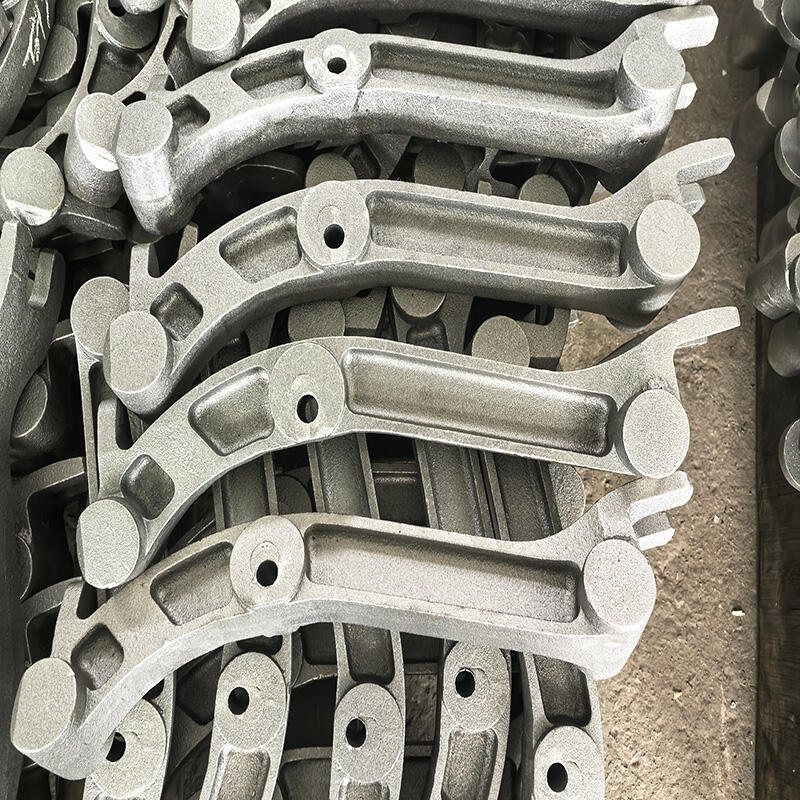The manufacturing of high-quality casting parts is governed by a comprehensive set of technical requirements to ensure their performance, reliability, and longevity in demanding applications. These specifications cover everything from the fundamental material properties to the final surface finish, forming the critical criteria for quality assurance.
1. Material and Mechanical Properties
The foundation of a reliable casting is its material composition, which must be meticulously selected to meet specific mechanical performance benchmarks. This includes mandatory requirements for hardness, tensile strength, elongation, and impact toughness. These properties are verified through standardized destructive and non-destructive tests, ensuring the casting can withstand operational stresses such as load, shock, and fatigue, thereby guaranteeing structural integrity in its final application.
2. Dimensional and Geometrical Tolerance
Precision in size and form is paramount for the component's functionality and assembly. Casting parts must conform to internationally recognized tolerance standards (e.g., ISO 8062 or ASTM E177). This encompasses both dimensional accuracy (linear dimensions and wall thickness) and geometric accuracy, which controls form and positional relationships like flatness, straightness, and concentricity. The assigned tolerance grade is a direct reflection of the sophistication of the foundry's process and tooling capabilities.
3. Surface Integrity and Coating Quality
Surface characteristics significantly influence performance. Surface roughness, evaluated per standards like GB/T 15056 or ISO 1302, must be controlled to minimize friction, reduce stress concentration, and improve fatigue life. Furthermore, the coating—such as a smooth, uniform epoxy anti-rust primer—must be free from defects like sagging, bare spots, or mechanical damage. This protective layer is essential for corrosion resistance in harsh environments.
4. Control of Internal and External Defects
The design and manufacturing process must proactively control potential discontinuities. Strict acceptance criteria are established for defects like porosity, shrinkage cavities, inclusions, and cracks, based on the part's intended service conditions. This often involves using Acceptance Standards such as ASTM E125 or ISO 4990 to classify acceptable defect levels, ensuring that the casting's internal soundness and external quality align with its specific operational demands.

 Hot News
Hot News2025-11-22
2025-11-16
2025-11-16
2025-11-07
2025-11-02
2025-10-25